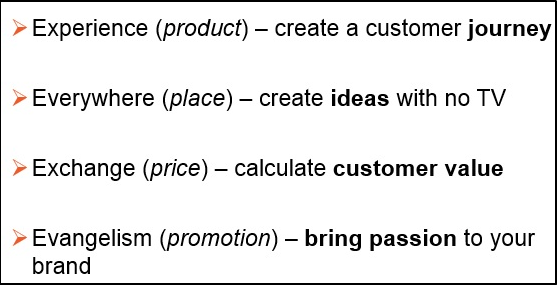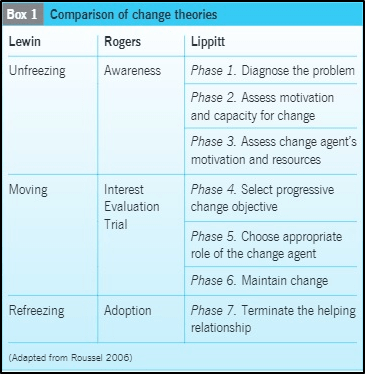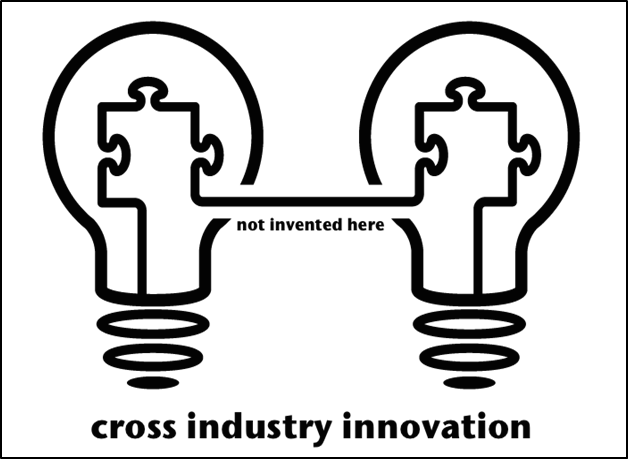Today we’re talking about survival. Every day you hear of consumer decision trends bending the cost curve from the auto industry to insurance. There is talk of market segmentation, sustainability targets, and customer retention drivers. Industry predictions are as prevalent as ants at a summer picnic. Is the heart of the issue missed? The solution appears translucent, yet it can’t be focused. There is one real question we should be asking ourselves and our teams. That question is: What does survival mean today?
Survival is the anticipation of change.
Big thinking requires big changes and today I’ll share five strategies to anticipate changes that have been essential to my teams’ or organizational success that have yielded unparalleled business outcomes.
- Don’t Do Everything – We must define our teams and organizational limits. This doesn’t mean setting up walls of why things can’t get done. It does mean accepting the reality of your team’s current capabilities and not being afraid to say no. The old mindset that you never say no and always provide options, does not work. You’re lying to yourself, your team and your organization. What? Yes, you heard it from me. Leaders need the confidence to support their teams and say no it can’t be done. Your role is not to have your team do everything, but do the ‘right things.’
Set ruthless Priorities
It’s true you do need to capture every request made to your department. They all shouldn’t get done. Your role as a leader is to understand whether it needs to get done or not.
Don’t just accept work redefine it.
What is asked for is rarely what is needed. Refined your department’s work. I’ll give you two simple examples. The first example at Access Health CT, I was asked to drive greater younger enrollment and increase engagement. The approach we took was to build a digital mobile platform for enrollment that transformed the industry. That wasn’t what asked. That’s is what the organization needed. The second example, I was asked to ‘make IT more sustainable’ (whatever that means). The approach we took was to leverage a SaaS framework, shift the entire organization to an agile development shop, and identify Tier 2 vendors to replace Tier 1 vendors maximizing cost savings. The result was a 40% savings on staff augmentation before the approach was implemented. Again, that wasn’t what was asked. That’s is what the organization needed. What is asked for is rarely exactly what is needed.
Get out of the weeds.
Ask yourself if you are too much in the weeds? If you have a team of 5 people it’s difficult but possible to be the most technical of the group or the most knowledge about how technology works to support the business processes. On the surface that sounds great, but you’re not a leader you’re a workhorse. They get abused. You have to be technical right? You have to understand everything your business does right? What is you had 10 people on your team, could you still be the most technical and most knowledgeable? What is your team was 100, or 1,000 or 10,000 staff. If you’re leading the team and you’re the most technical or business savvy on a team of 100 or 1,000 you’re doing something wrong. It’s as simple as that. Listen to your team and move out of the detail. Your team will thank you.
- Commit to a Process, Not a Goal – Do you drink coffee or tea every day? If I asked you how many times you forgot to drink coffee or tea more than twice in a week, it’s likely it didn’t happen in many weeks. You have built a system. Your teams need a system too.
Refreshing your technology assets is not a one day event, it takes a process. Successful staffing is not about a good hire here or there, it’s about establishing a process or system to retain old and build new talent. Once you have established the process the solutions will come. Objectives and goals help you start, but they don’t help you finish.
- It Starts With One – You will never get 100% adoption.
Burke and Lewin, discovered the change model in 1951 and published their 1992 article, “A Causal Model of Organizational Performance and Change,” in Journal of Management that outline a class approach to managing organizational change. Rogers in 1962 and Lippitt before that in 1958 extended this further. What they omitted to tell you is you won’t convince everyone. Some lagers will never believe, even after it’s deployed successful and voted a resounding success and that’s ok.
Source: (Mitchell, 2013)
Focus your brightest people on your greatest opportunities, not your biggest problems. Not stop. STOP. Think for a minute of your organization your brightest the eagles. Are they actually working on the greatest opportunities; I doubt it. Given this divide we as leaders have an opportunity to invoke change and optimize these individuals to drive transformation across our organizations. This is the difference between good and great.
- Managing Risk is More Important than Delivery – From Jim Collins book, “Great by Choice” we learned that we must be productively paranoid. My extension of this is that managing risk is more important that delivery. That’s right your approach to how you navigate risk is more important than delivery. We’re focus on survival and the essence of survival is the anticipation of change.
The next you’re in a meeting and a risk comes pick a single individual and ask three questions: 1. What is the risk? 2. When is the risk discussed? And 3. What is the process to discuss the risk and take action. Most will know the risk. A few will have discussed it. But when it comes to when action is taken, it really starts to fall apart.
- Disrupt Industry Norms – Existing industries outside out conventional scope are creating disruption. The shift from the financial defined benefits to healthcare’s defined contribution are grown from cross industry innovation. Platforms are changing consumer experiences. Yes, of course it’s true that consumers are demanding more. But why? They are anticipating the industry change. There is a saying, “When as market is based on price, you haven’t convince them of the value.” We are seeing this in healthcare, the automotive industry, and this trend is also blanketing retail.
Think of your experience. You purchase a new shirt at a mall. You guy gas in a busy metro city. You purchase a product from an online shopping marketplace. What do you expect? This folks is what our consumers expect.
Source: (Vullings, 2013)
Redefine what success looks like.
McCarthy grouped the P’s of marketing into four categories: product, place, price and promotion in his 1964 article, “The Concept of the Marketing Mix.” These will remain staples for decades to come. There are four ways the experience is changing for the better, allow me to share them. First build an experience and get people involved. From Fitbit to Uber, consumers want an experience that allows them to participate. Second make your ideas portable. Create curiosity with portable ideas. What’s the next level of interoperability? Can you consumers move from state to state and have the same experience? What about country to country? How else could interoperability enhance the consumer experience for tomorrow? Third, you have to understand your customer and the customer’s value to your organization. This can be difficult in industries with high regulatory oversight like finance and healthcare. Net promoted score is a good start, but how will the consumer relationship with price change? Have you used Uber in the last? Taking a healthcare example what if we could rate brokers? What if the brokers could rate the consumers? The experience is going to change. Fourth, engagement is about getting passionate about empowering consumers. 
Survival is the anticipation of change. So think big, welcome change and use these strategies for survival.
References
Mitchell, G. (2013). Selecting the best theory to implement planned change. Retrieved September 9, 2015, from http://www.researchgate.net/publication/236936737_Selecting_the_best_theory_to_implement_planned_change
Vullings, R. (2013). Not-invented-here-lampjes-zwart-met-text-OK (Online Image). Retrieved September 9, 2015, from http://www.ramonvullings.com/wp-content/uploads/2013/06/not-invented-here-lampjes-zwart-met-text-OK.png


